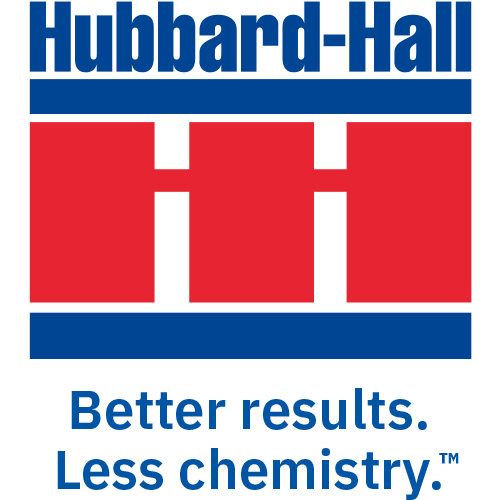Identify the Root Cause One of the biggest challenges operators face is knowing whether a part is clean enough . Many issues can be traced back to inadequate cleaning and pretreatment of parts. Variables are changing upstream that are out of your control, which causes downstream issues. While problems can sometimes arise due to bath… Read more »
Category: Seen and Solved
Controlling Your Zinc and Manganese Phosphate Baths
To the uninitiated, the daily operation of a phosphate bath can appear daunting – perhaps even a bit convoluted. While temperature and concentration are common parameters for most chemical applications, both phosphate baths have added complexity acid points, acid ratios, dissolved iron, sludging, heating source, & more. In this post, we will highlight some of… Read more »
Concrete Corrosion is Every Collection System’s Problem
Concrete Corrosion. Mention corrosion and most people think rusting metal. True, but reinforced concrete also corrodes and deteriorates. How so? Reinforced concrete is the backbone of every wastewater collection system. Alkaline materials in the cement phase of concrete are extremely susceptible to corrosion. Hydrogen sulfide (H2S) is the root contributor to corrosion in sewer systems…. Read more »
Foam is Only Good on Beer and Latte
Do you know the chorus of this children’s song? “But the cat came back the very next day, The cat came back, we thought he was a goner But the cat came back; it just couldn’t stay away. Away, away, yea, yea, yea…” Like the kitty that kept coming back, thick foam on your aeration… Read more »
When to Take a Closer Look
Microscopic examination of mixed liquor can be a significant aid in the evaluation of the activated sludge process. The presence of various microorganisms within the sludge floc can rapidly indicate good or poor treatment. One of the operator’s primary jobs is to provide a favorable environment to support bug life. Knowing when and how to… Read more »
What are the benefits of iron phosphates compared to zinc and manganese phosphates?
Manganese and zinc phosphate coatings have been utilized as established solutions for over a century, delivering proven benefits in a number of applications. Beyond their mechanical benefits and anti-corrosion properties, these coatings create an optimal surface for paint adhesion by increasing the substrate’s total surface area with the crystalline coating that is formed. However, for… Read more »
Caustic Paint Strippers: A cost saving solution?
One of the more frustrating aspects of being a paint applicator is having to deal with the buildup of paint on your racks and fixtures. These custom components are a considerable investment for many applicators and ensuring that they remain functional and lasting is critical to managing a process’s operation cost. Several different methods are… Read more »
Wastewater Question from the Field
Question: Can I “overwhelm” my wastewater system? Answer: Yes. When wastewater systems are overwhelmed, a pass-through event occurs. If more wastewater goes into the system than the system was designed to handle, the system is not going to be able to remove all the contaminants. The contaminants are going to go out the door. So,… Read more »
Organic vs Acidic Paint Stripping Applications, Which Do You Choose?
Traditionally, paint stripping was conducted with methylene chloride or DCM, which is an excellent solvent that was prevalent across many industrial applications. As manufacturers began to learn more about the chemical’s toxicity and carcinogenicity, it quickly ran out of favor as safer alternative methods emerged. Organic paint strippers today are much safer and user-friendly. These… Read more »
The Importance of Bench Testing
Bench testing is not an exact science. Each test can produce slightly different results because every wastewater sample is slightly different. By using bench tests to help determine the best chemicals for the wastewater system, you can eliminate weeks of trial and error on a large scale. You will still need to adjust the wastewater… Read more »






